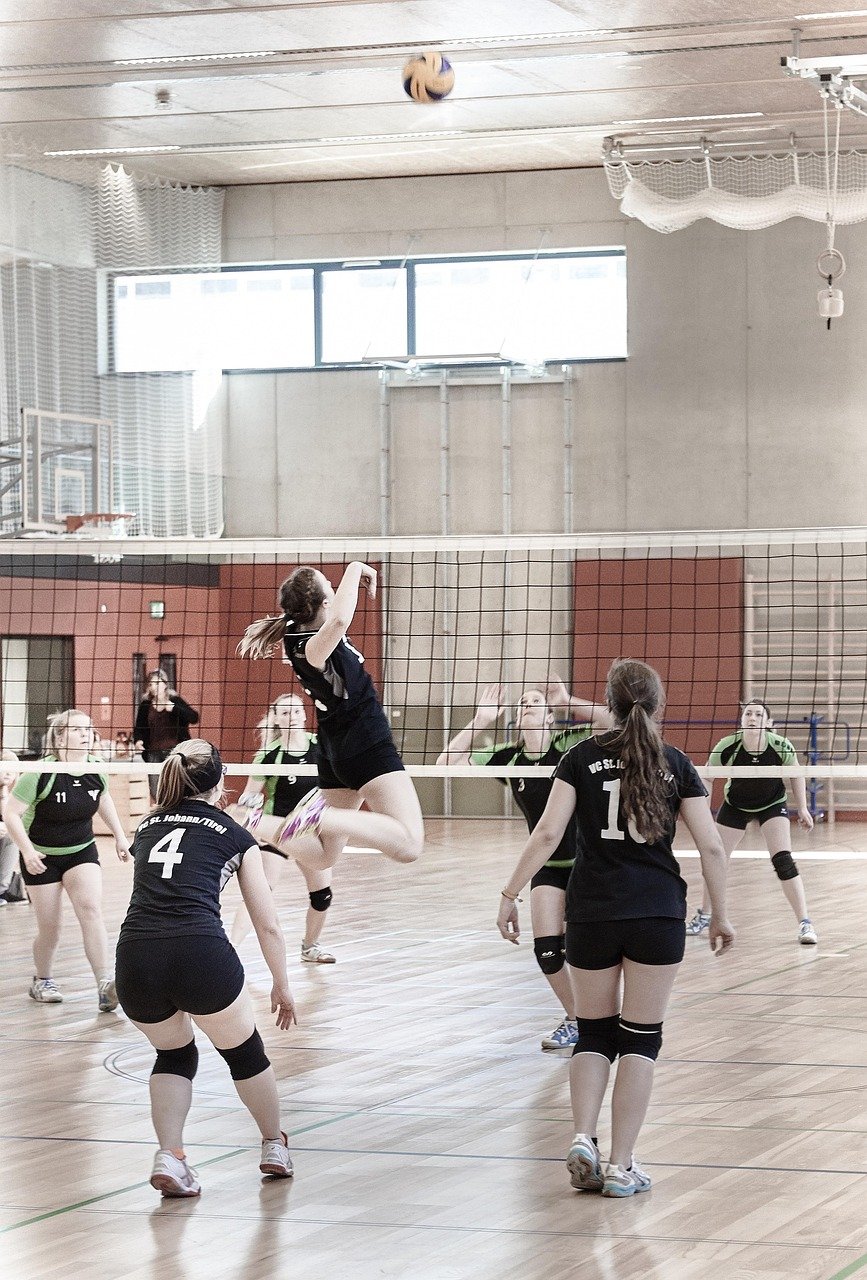Blocking is one of the most decisive and intimidating skills in volleyball. It’s the first line of defence against an opponent’s attack and can completely shift the momentum of a match. Whether you’re an experienced player or just starting, learning to block effectively requires a combination of technique, timing, and tactical awareness. In this guide, we’ll break down everything you need to know to master volleyball blocking.
What is Blocking in Volleyball?
Blocking is a defensive action performed near the net to stop or deflect an opponent’s attack. It involves one or more front-row players jumping with arms extended above the net to intercept the ball before it crosses to their side. A successful block can result in an immediate point (known as a stuff block) or deflect the ball to make it easier for teammates to dig and counterattack.
Types of Volleyball Blocks
Single Block
A single block occurs when just one player jumps to intercept the attack. This is most common when the setter or middle blocker cannot reach the hitter in time. While less effective than a double block, a well-timed single block can still neutralise powerful spikes.
Double Block
A double block involves two front-row players working together to create a wider barrier. This is the most common and effective block against outside or opposite hitters. Good communication is essential to close the seam between blockers.
Triple Block
A triple block is when all three front-row players jump together, usually to counter a highly skilled hitter. It creates maximum coverage but leaves other areas of the court more exposed. This block is often used in critical moments against dominant attackers.
Soft Block
Instead of aiming for a direct stop, a soft block uses controlled hand positioning to slow the ball down and redirect it to teammates. This is especially useful against fast attacks or when a solid stuff block isn’t possible.
Swing Block
A swing block involves a side-to-side approach to generate momentum before jumping. This allows blockers to move quickly along the net to match the attacker’s position and close the block effectively.
Key Blocking Techniques
Footwork
Good blocking starts with fast and precise footwork. The most common techniques are the shuffle step for short movements and the crossover step for longer distances. Your feet should stay light and ready to move at all times.
Hand Position
Hands should be strong, wide, and slightly angled over the net to direct the ball back into the opponent’s court. Avoid leaving gaps between your arms, as attackers will target these seams.
Timing the Jump
Jumping too early leaves you floating while the hitter swings; too late, and the ball is already past you. Watch the hitter’s shoulder and arm movement to anticipate the exact moment to jump.
Penetration Over the Net
The best blockers don’t just jump high – they reach far over the net. This penetration reduces the attacker’s hitting angles and increases the chance of the ball being blocked back into their court.
Reading the Game
Blocking is as much about prediction as it is about reaction. Focus on reading the setter’s body position, the hitter’s approach, and previous attacking patterns to anticipate where the ball will go.
Common Blocking Mistakes and How to Fix Them
- Jumping too early – Train your reaction timing with partner drills focusing on reading the hitter’s arm.
- Not closing the seam – Communicate with your blocking partner and adjust positioning mid-jump if necessary.
- Poor hand positioning – Keep your fingers spread and strong to avoid deflections going out of bounds.
- Not adjusting to the hitter – If the hitter is tipping instead of spiking, be ready to transition into a quick defensive move.
Drills to Improve Blocking Skills
Mirror Drill
Two players face each other on opposite sides of the net. One mimics the other’s movements along the net to practise quick lateral movement.
Reading Drill
A coach tosses balls to different hitters, and blockers must read the play and position themselves accordingly.
Penetration Practice
Focus on reaching over the net rather than just jumping high. Use a string or elastic above the net to encourage penetration.
Block and Transition Drill
Practise blocking, landing, and quickly moving into offensive transition. This builds game-like speed and readiness.
Blocking in Different Positions
Middle Blocker
The middle blocker is the team’s primary blocking force. They must be fast, able to read the setter, and coordinate with both outside and opposite hitters.
Outside Hitter Blocker
When blocking from the left, your role is to close the block with the middle and stop the opponent’s right-side attacks.
Opposite Hitter Blocker
When blocking from the right, you’ll often face the opponent’s strongest outside hitter. Strong hand positioning and penetration are critical here.
The Mental Side of Blocking
Blocking can be mentally challenging. You might get tooled (when the hitter uses your block to score) or completely miss a read. The key is to stay confident and keep adjusting. Even an unsuccessful block can still disrupt the opponent’s rhythm and make their attack less effective.
Blocking in Beach vs Indoor Volleyball
While the core technique is similar, beach volleyball blocking has unique challenges. With fewer players, blocking is often combined with defensive signals to coordinate coverage. Footwork in sand is slower, making anticipation even more important.
Tips from the Pros
- Watch the setter’s hands before they contact the ball to get an early read.
- Keep your eyes on the hitter’s shoulder – it’s the best indicator of hitting direction.
- Land balanced and ready to transition into offence.
- Use your non-dominant hand to control the seam when blocking with a partner.
Final Thoughts
Blocking is one of the most dynamic and game-changing skills in volleyball. It requires physical power, mental focus, and constant communication with teammates. By mastering timing, footwork, hand positioning, and reading the game, you can become a defensive wall at the net and a key contributor to your team’s success.



